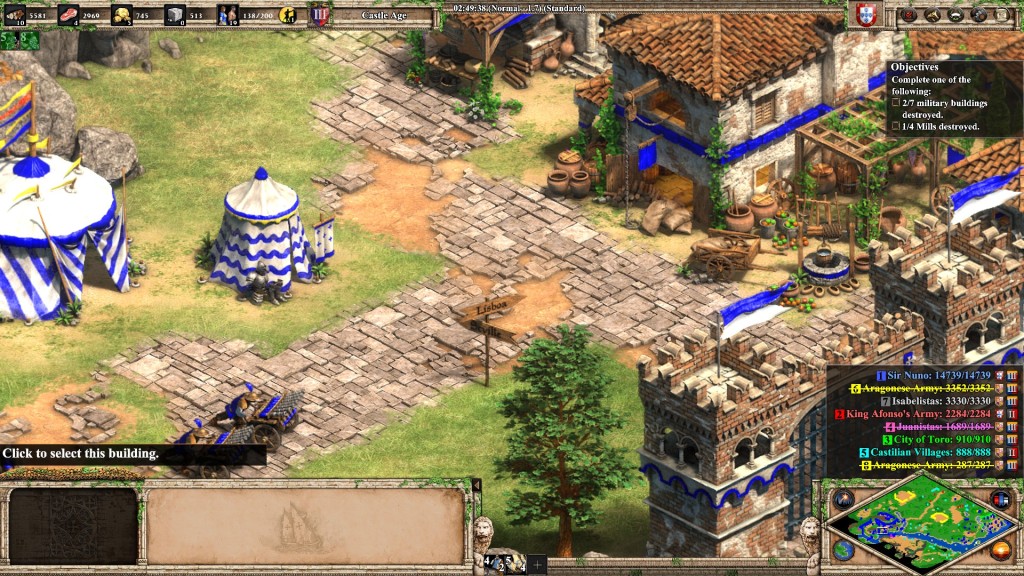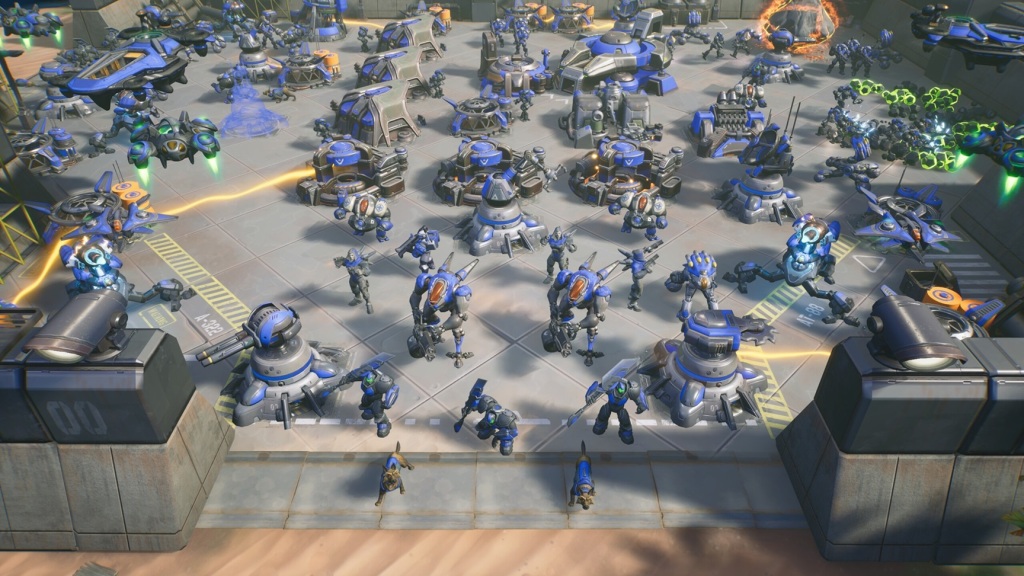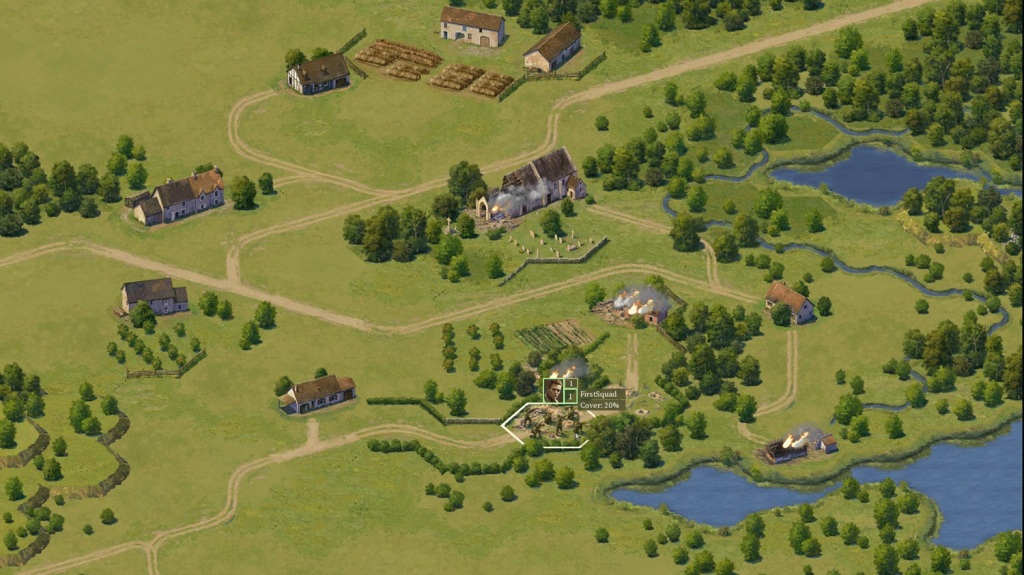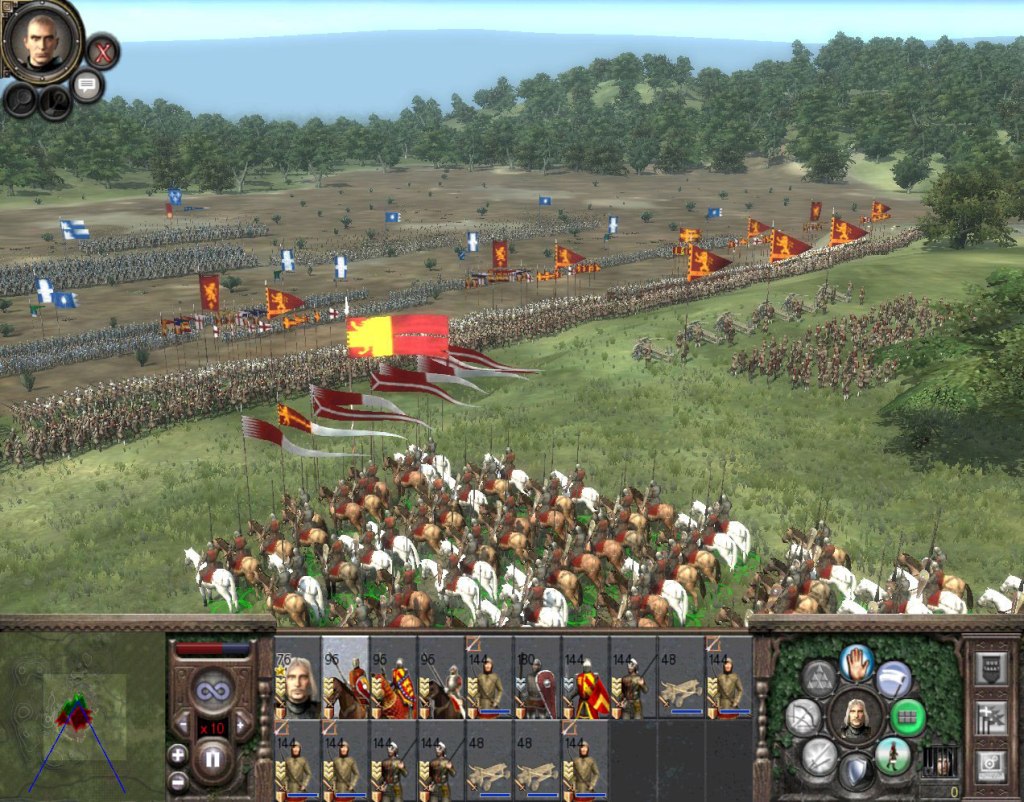
It is a cold, foggy and dampy day in la Raya– a region alongside the frontier between Portugal and Castile- and near the town of Toro, opposing armies of similar size and constitution gather to fight one of the most indecisive scuffles in Iberian military history. Five thousands Portuguese footmen and three thousand horsemen are led by a reluctant D.Afonso V and his son, the battle-eager João, later to become D. João II. A perfect mirror match as five thousand foot soldiers and two thousand five hundred to three thousand horsemen make up the entire Castillian fighting force following the soon to be Fernando V of Castile.
At the moment of the battle he was Fernando II of Aragão and Leão. King Henrique of Spain had died with no heirs and the throne was up for the grabs for both Joana, daughter of the deceased Henrique and married to the portuguese king and D. Isabel, sister of Henrique and married to Fernando II of Aragão and Leão. Unwilling yet pressured by noblemen and clergymen of both portuguese and castilian descent the portuguese king pressed on with the claim that it was his wife right to rule over Castille and war between both Isabel’s and Joana’s parties was inevitable.
Choosing the Battle of Toro as a starting place for a portuguese campaign is more than a peculiar choice. For more than a couple of reasons: Toro isn’t, by any means of comparison, a major or a significant battle in Portuguese medieval to modern History and the fight ended in an inconclusive victory to the portuguese sortie. While tactically defeating the spanish army after a counter-charge led by Prince João, portuguese noblemen seeing barely any reason to be involved in this dynastic dispute abandoned the levy and an already doubtful D. Afonso V saw no problem in pulling out his troops, understanding how unpopular the war was becoming to his own people and realizing that future endeavours for Portugal lay beyond the seas, to the unexplored west and the african coast to the south. What truly matters is the political outcome of this battle with the aragonese king Fernando II relaying to the kingdom that he had actually won the feud. This in turn made castilian noblemen flock to his cause and eventually the war came to an end with the Treaty of Alcáçovas in which D. Afonso V of Portugal officially quit supporting his wife claims to the castilian throne and recognized the legitimacy of D. Isabel and therefore, of D. Fernando II. In turn, the ambitions of maritime expansion of Aragon, Castile and Leon would limit themselves to the Canary islands, dropping every pretense of claiming any new newfound land south of that archipelago- as those, by decree, now belong exclusively to the Portuguese crown.
Toro hardly holds any presence in popular national culture as well. Except for the tale of Duarte de Almeida and even that is a long-shot. Duarte was a nobleman tasked with carrying the portuguese colours when the first armies got to battle. He was charged by aragonese noblemen who chopped of his right hand in a futile attempt to remove the banner from his grip. Nevertheless, the brave Duarte de Almeida kept on holding the flag with his left hand and when that was cut off too he grabbed it with his teeth and kept going until he fell of his horse, nearly dying in the process. He ended up surviving the battle and was regarded as a national hero becoming famous has Duarte, the Handless. The portuguese campaign starts here, after the first clash of portuguese and aragonese troops. The portuguese were pushed towards the Duero river by the aragonese cavalry and hundreds died by drowning. The player takes control of prince João and is tasked with defending the town of Toro from any enemy advance and with bringing back together the portuguese troops that lay scattered across the region to try and counter-attack the aragonese. While it is true that indeed the first clash was won in favour of the aragonese troops the reality of what happened next couldn’t be very different.
Prince D. João forces were far from being a rag-tag bunch of ill-equipped, outnumbered servicemen. Quite the opposite- they were, in fact, the most heavily equipped branch of D. Afonso’s army, and while it may be true that Prince João was tasked with gathering forces to support the main army that happened before the battle even took place and not after the first bout of swords and lances. In fact, Prince João’s forces were waiting nearby and upon realizing that the portuguese colours have been captured and dragged around by the aragonese noblemen, this heavily equipped branch of the national army, mainly composed of cavalry noblemen counter- charged the celebrating enemy and ended up routing them, getting the banner back and bringing the battle to tactical portuguese victory but all things considered to an inconclusive end.
I can get behind the idea that this battle can be used both as an introduction to the character of Francisco de Almeida but what I cannot accept is that Toro be used as a justification for the portuguese king to focus more on maritime expansion and giving the idea that any kind of continental expansion was now pretty much out of reach due to this outcome. Reality is always more interesting than fiction and in this case by the time the battle of Toro took place Portugal had already expanded along the coast of Africa, the archipelagos of Madeira and Açores had been found decades prior and feitorias were being established since mid XV century.
Feitorias weren’t necessarily a new concept. They were economic hubs and military strong points whose main purpose was to control and expand the kingdom interests in a given area of influence. By cannonball or by gold, Feitorias formed the backbone of portuguese exploration and occupation. You might be wondering why just not occupy the land? Complete colonization of newly found lands was unthinkable given the small population of Portugal at the time and it’s important to have in mind that maritime exploration is not necessarily related with conquest and effective occupation, but rather in finding new business opportunities for a developing kingdom who understood that to keep its independence and to strengthen its position in the european scene needed to sought new ventures along foreign shores.
The actual mission in the game idealizes the mustering of scattered troops after the first encounter near the city of Toro defeated the king’s army but as we already know this isn’t true. Prince João had already gathered his levies way before the battle and instead of his forces being formed by bunch of already beaten and bruised footmen, some archers and primitive firearms it was actually the most well equipped arm of the portuguese forces. I get where the developers are coming from since forcing a player to lose the first encounter is just bad game design and starting the campaign with an overpowered second wave led by Prince João sending aragonese to kingdom come wouldn’t do that much to raise the stakes in a battle that AoE is trying to portray an historical defining moment for iberian and portuguese maritime expansion history.
What I truly love in AoE is the amazing situations that arise from trying to portray real live events with the game’s framework of a generic medieval, transcontinental and cultural rendition. In fact, after gathering my contingent and defeating the previous victorious aragonese armies in camps around the map my troupe of fighting men occupied the western side of the Duero River and the city of Zamora. From there we struck the enemy with a unique combination of weirdly-mongul-looking archers mounted on horses and somehow I’ve built an entire navy of Caravels that my admiralty sailed down the river to lay a blockade and bombard the city of Zamora with long bolts of wood and iron. Not cannonballs. Like we’ve been doing for nearly a century by the time this battle took place, no. Just good ol’ wooden and iron bolts.
You’re probably thinking that I am a military genius and yes, you wouldn’t be far off the mark but let me prove you once more how brilliant this was-I have another trick on my sleeve! All that nonsense with archers riding on horseback and sea-worthy caravels lay siege to a city from the north and western side of a river(!) is only but a mere distraction to larger things happening elsewhere. You see dearest reader, by the southern side of the map there exists a small bay, just perfect enough to land some forces on our unsuspecting castilian foes. While being flanked is always a less-than-favourable situation to be in the receiving end, it is all made worse by the fact that by now, us portuguese were experts in the art of suicide bomb-rushing against buildings, enemy walls and army formations. Yes, an unrelenting swarm of Petards, expertly trained individuals in fast-carrying barrels filled with gunpowder and exploding in fantastical fashion. Age of Empires is chocked-full with cool historical gags and I believe the petard to be one of funniest in a very grim way. Of course that suicide bombing wasn’t a thing in medieval battlefields but since gunpowder was used a propellant to fire early firearms it ended up being used as an explosive and unfortunately, for those tasked with carrying the kegs containing the charges a fuse that failed to work as intended the saboteur would end up splattered across the battlefield.
In the end these brilliant tactics worked as intended and the city of Zamora was totally and completely obliterated from existence, never to be raised again. This is, as you can imagine, total fiction- just like the rest of this mission.
Follow Strategy and Wargaming Socials
If you enjoy Strategy and Wargaming, then you need to follow its socials. Are we the best strategy gaming website around? I would say so. Heck, what other options do you have? The Wargamer? Please.
So why not give us a follow on the cesspool that is Twitter, or join the 1000 other geriatric patients on Facebook? Or subscribe down below? Or maybe do everything? I don’t care, I’m not your grandmother.
If you enjoyed the article, consider buying me a coffee!
I’ve been running Strategy and Wargaming at my own expense since 2017, with only the ad revenue to cover the hosting, with everything else being done by me. So, if you’re an avid reader, you can afford it, and want to support the website, please consider Buying Me a Coffee by clicking this link, for as low as one euro! If you do, just know that you’re helping out a lot and contributing so that Strategy and Wargaming can continue growing!









Leave a comment